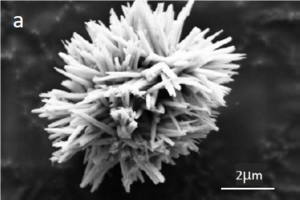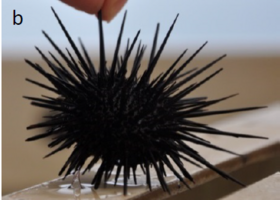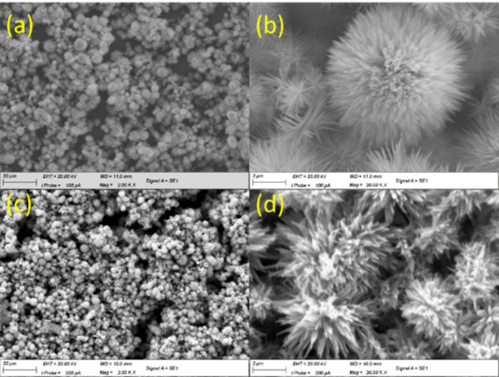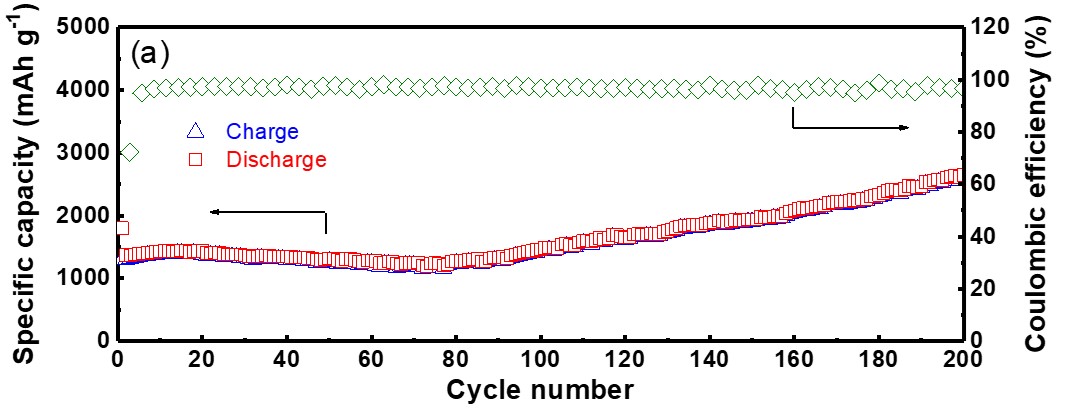Making Better Rechargeable Lithium Ion Batteries
Dr Helen Lu, Faculty of Science and Technology
Lithium-ion batteries (LIBs) have been used in a wide range of portable electronic devices such as smart phones, digital cameras, and laptop computers. The popularity of LIBs is mainly due to their high capacity to store electricity (technically called “energy density”), re-chargeability, and long lifespan. LIBs also have promising applications in electric vehicles (EV) and hybrid electric vehicles (HEV). EV and HEV can markedly reduce air pollution by replacing fossil fuel-driven vehicles. However, current LIBs technology only allows an EV to travel a relatively short distance after a single battery charge. The driving range of an EV per charge is about 200 km whereas those of a fossil-fueled vehicle is 500 km to 600 km. The current EV limitation could undermine people’s willingness to switch to EVs.
Dr Helen Lu and her research team are exploring ways to enlarge the energy density of LIBs. One possibility is through changing the building materials of LIBs. Conventional LIBs are made of a carbon compound called graphite. Dr Lu’s team compared the performance of graphite with another group of materials called Transitional Metal Oxide (TMO) and found that TMO had significantly higher energy density than graphite. The specific capacity of graphite is about 372 mAh g-1, whereas cobalt oxide, a kind of TMO, could be up to 890 mAh g-1.


Fig 1. (a) Graphite and (b) Transitional Metal Oxide
Furthermore, the team noted that altering the structural arrangement of LIBs materials might affect energy density. For instance, the sea urchin-like structure (technically called “Calliandra-like” structure) seemed to out-perform rectangular or hexagonal structure. Thus, the presence of micro/nanostructures in TMO materials could increase LIBs’ energy density and cycle life.

Figure 2. Micro/nanostructured MnCo2O4.5 products for battery materials
In the laboratory, the team was able to develop TMO materials that were 2 to 3 times higher in capacity than conventional graphite materials. The work has suggested the good potential of extending the driving range of EV powered by TMO-LIBs to a distance that is comparable with fossil-fueled vehicles, thus making EV an attractive alternative for drivers.

Figure 3. Battery performance test showing high areal capacity, excellent rate capability
and a long life cycle.
